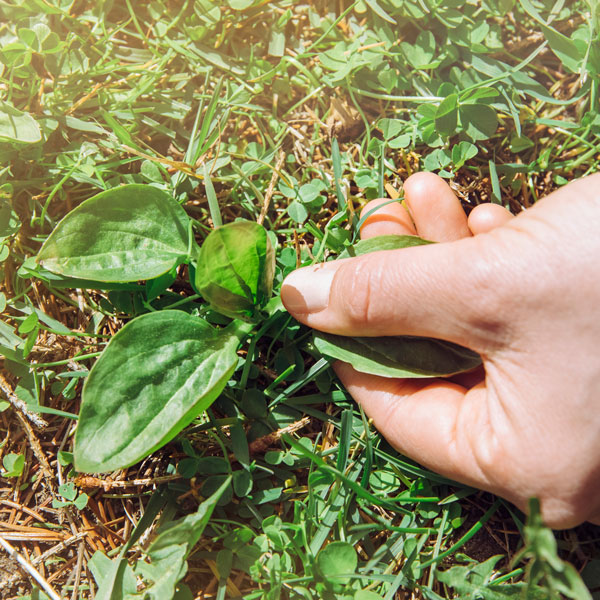Late Spring
Late spring lawn fertilizer
Before the summer heat bears down on your lawn, we provide it with one more strong, balanced dose of slow-release fertilizer. Our late spring lawn fertilizer helps your lawn overcome some of the challenges it may have faced up to this point and prepares it for what is always a tough New England summer.

A healthy lawn is a happy lawn
A healthy lawn suppresses most weeds and repeals the majority of diseases, which is why we apply a timely late spring fertilizer. This can keep your lawn thick so it can repel weeds and ward off diseases. Further, it’ll provide it with just enough nutrients to survive the summer, which is when cool-season lawns typically go dormant.
Spring time stressors
While the spring is a great time of year for your grass, it can also stress it out. Stressors include:
Temperatures in the spring can swing back and forth from near freezing to 60 degrees or higher. This shift can cause weedy grasses such as goosegrass to germinate. The more weeds that are present the harder it is for your lawn to obtain the right amount of resources such as light, water, and nutrients (fertilizer) to thicken up.
Goosegrass is only one weed that can invade and take over your lawn. Other aggressive weeds include crabgrass, ground ivy, wild violets, and dandelions. All of these weeds fight for the same resources as your turf, and they’re actually much more likely to steal these nutrients because of their aggressive nature, making a late spring lawn treatment all the more necessary.
Red thread, leaf spot, and gray and pink snow mold are just a few diseases that stress turf. In the case of leaf spot, the results can be devastating. Leaf spot typically occurs in two stages—the leaf spot stage and melting stage. This disease develops in cool, moist, drizzly weather, but high humidity and frequent overcast days can also encourage growth. During the first stage (leaf spot) small purple spots appear on the grass blades. Then the disease spreads to the blade’s crown (near its base) and the plant dies. Leaf spot, as well as many other spring diseases, can devastate turf.
Your trusted lawn care provider and lawn pest exterminator
We Service Areas of Norfolk and Bristol County, Massachusetts Including, Foxborough, Mansfield, Wrentham, Walpole, Plainville, Franklin, Norfolk, Sharon, North Attleborough, and Parts of Attleboro, Stoughton, Canton, Norwood, Norton and Medfield. Learn more about our Complete Lawn Care program.
